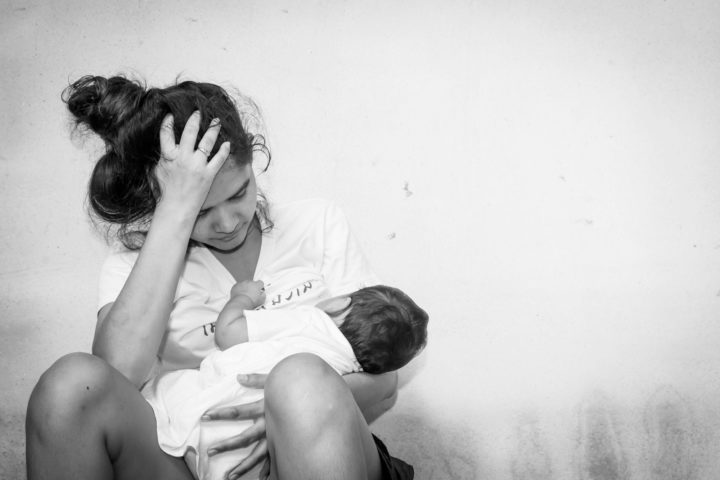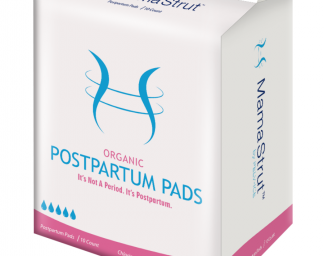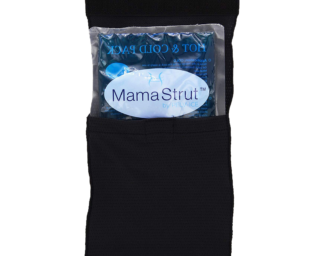 A conversation with a mother who gave birth 20 years ago would reveal that the wisdom of the day was if you have one c-section, every birth afterwards has to also be a c-section. The fear of uterine rupture and delivering in hospitals not equipped for emergency intervention was much greater in the past. Changes in how a caesarean surgery is performed have allowed for more women to attempt a vaginal birth after having a c-section. This is referred to as a Vaginal Birth After Caesarean, or VBAC.
A conversation with a mother who gave birth 20 years ago would reveal that the wisdom of the day was if you have one c-section, every birth afterwards has to also be a c-section. The fear of uterine rupture and delivering in hospitals not equipped for emergency intervention was much greater in the past. Changes in how a caesarean surgery is performed have allowed for more women to attempt a vaginal birth after having a c-section. This is referred to as a Vaginal Birth After Caesarean, or VBAC.
About 70% of women who attempt a trial labor after caesarean (TLOC) are successful, but the success and reasoning behind having a VBAC, or not, vary depending on a battery of circumstances. First, many hospitals will not allow VBAC births because they are not set up to handle an emergency uterine rupture surgery. Though there is only a 1% chance of a rupture occurring, many clinics won’t take this risk. So women who want to attempt a VBAC should discuss this with their provider early in their pregnancy to make sure they are not only a viable candidate, but find out if their doctor’s office will allow it.
There are many reasons why women choose to have a VBAC even with the associated risk. Which includes avoiding major surgery, a shorter recovery time, and wanting to experience a vaginal birth, especially for those who want a larger family, as multiple caesarean scars can make surgeries harder and increase the likelihood of placental problems.
But there is an extensive assessment of each individual woman’s health and medical history that will let doctors know if she’s a viable candidate. The main thing that would disqualify a woman from trying a VBAC is the type of caesarean scar she has on her uterus. (Note, the abdominal scar doesn’t necessarily match the internal incision). Only women who received a low transverse c-section should attempt a VBAC. A high vertical incision used to be the standard, but has a higher rate of rupturing, which is why the old method was to not suggest a vaginal birth after c-section. Things that could prevent a VBAC are a prior uterine rupture, a fibroid removal, or some other uterine surgery. Additional factors that would decrease the likelihood of VBAC include:
- Stalled labor
- Advanced maternal age
- Pregnancy that continues past 40 weeks
- Body mass index greater than or equal to 40
- Excessive weight gain during pregnancy
- Preeclampsia
- Previous delivery within 18 months
- History of two or more prior C-sections and no vaginal deliveries
- A need labor induction
Obviously the main risk associated with a VBAC is uterine rupture, which could lead to emergency surgery and possible uterine removal if the bleeding cannot be stopped. To prevent risk for mother and baby, a conversation about the woman’s medical history and factors should be discussed with her health care provider to create her individualized birth plan.
Wisdom from a Midwife
How should expectant mothers prepare for vbac?
Fear directly inhibits the process of labor. Oxytocin (the hormone that drives labor) is blocked by Adrenaline (hormone produced by fear/suffering). There is a lot of fear around VBAC in modern healthcare because many OB providers feel a repeat Cesarean Section has less liability. Unless a woman can feel supported prenatally & confident in attempting a VBAC, the fear will often inhibit natural labor and her “scheduled C/S” date that a provider often sets will arrive. Choosing a provider and birth team that decreases fear is a key factor in successful VBAC. – Anna Nieboer (CMN)
More information on vaginal birth and c-section birth
Sources:
https://www.mayoclinic.org/tests-procedures/vbac/in-depth/vbac/art-20044869
https://www.mayoclinic.org/tests-procedures/vbac/about/pac-20395249







